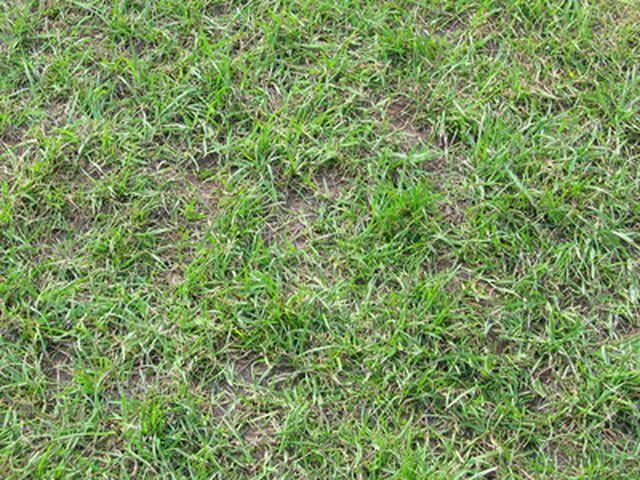Bulbs
Flower Basics
Flower Beds & Specialty Gardens
Flower Garden
Garden Furniture
Garden Gnomes
Garden Seeds
Garden Sheds
Garden Statues
Garden Tools & Supplies
Gardening Basics
Green & Organic
Groundcovers & Vines
Growing Annuals
Growing Basil
Growing Beans
Growing Berries
Growing Blueberries
Growing Cactus
Growing Corn
Growing Cotton
Growing Edibles
Growing Flowers
Growing Garlic
Growing Grapes
Growing Grass
Growing Herbs
Growing Jasmine
Growing Mint
Growing Mushrooms
Orchids
Growing Peanuts
Growing Perennials
Growing Plants
Growing Rosemary
Growing Roses
Growing Strawberries
Growing Sunflowers
Growing Thyme
Growing Tomatoes
Growing Tulips
Growing Vegetables
Herb Basics
Herb Garden
Indoor Growing
Landscaping Basics
Landscaping Patios
Landscaping Plants
Landscaping Shrubs
Landscaping Trees
Landscaping Walks & Pathways
Lawn Basics
Lawn Maintenance
Lawn Mowers
Lawn Ornaments
Lawn Planting
Lawn Tools
Outdoor Growing
Overall Landscape Planning
Pests, Weeds & Problems
Plant Basics
Rock Garden
Rose Garden
Shrubs
Soil
Specialty Gardens
Trees
Vegetable Garden
Yard Maintenance
Why Is There a Yellow Fungus on Grass?
Why Is There a Yellow Fungus on Grass?. Grass can fall prey to many different diseases, especially in the wet, warm spring. These diseases can make otherwise well-cared-for lawns unsightly. Since there are so many types of disease, lawn conditions are often identified based on the shape and size of the problem area. Color is also a useful...

Grass can fall prey to many different diseases, especially in the wet, warm spring. These diseases can make otherwise well-cared-for lawns unsightly. Since there are so many types of disease, lawn conditions are often identified based on the shape and size of the problem area. Color is also a useful indication.
Fungi on Lawns
Fungi are the most common cause of lawn diseases. These are small organisms spread by spores that float in the air or move through runoff water. These fungi typically require at least some sunlight, a reliable source of moisture and nutrients, which they receive from the grass tissues themselves. The fungus then spreads new spores and creates new colonies throughout the lawn.
Melting Out
Melting out is a condition in which fungi creep forward in a splash pattern, killing grass as it goes. This usually means that the grass is dying and thinning out. Thinned grass can expose lower, whiter root section, and dying grass dries out and fades away--both factors can give grass a yellowish appearance. This is most commonly caused by the Drechslera poae fungus.
Frog Eye
Frog eye patterns are caused when a fungus spreads in a circular or crescent pattern across the grass, often leaving a spot of healthy grass in the middle. If this pattern is yellow in color, chances are high it is the Rhizoctonia yellow patch, which grows in cool and moist climates and is yellow throughout without any black strands. Aeration will prevent many problems with this fungus.
Patches and Dollar Spots
Dollar spots and patches are small, roundish areas of the lawn that have become infected. These yellowish spots are typically caused by Lanzia or Moellerodiscus fungi, and can be controlled by a fungicide when they start to develop. Well-fertilized lawns can often resist these types of fungus.
Treatments
Healthy and well-managed lawns will be able to fight off a fungus infection. Lawns should be planted with grass varieties that are best suited for the area, especially if the climate is a wet one. Lawns that are fertilized at least once year will grow stronger and be able to recover from a fungus condition quickly. Different grasses have different mowing requirements, but they should all be kept mown down to the proper level. The soil the lawn grows in should also be aerated and drained properly so that the soil can breathe and the grass can dry easily. Fungicides are also used to kill fungi problems already present.